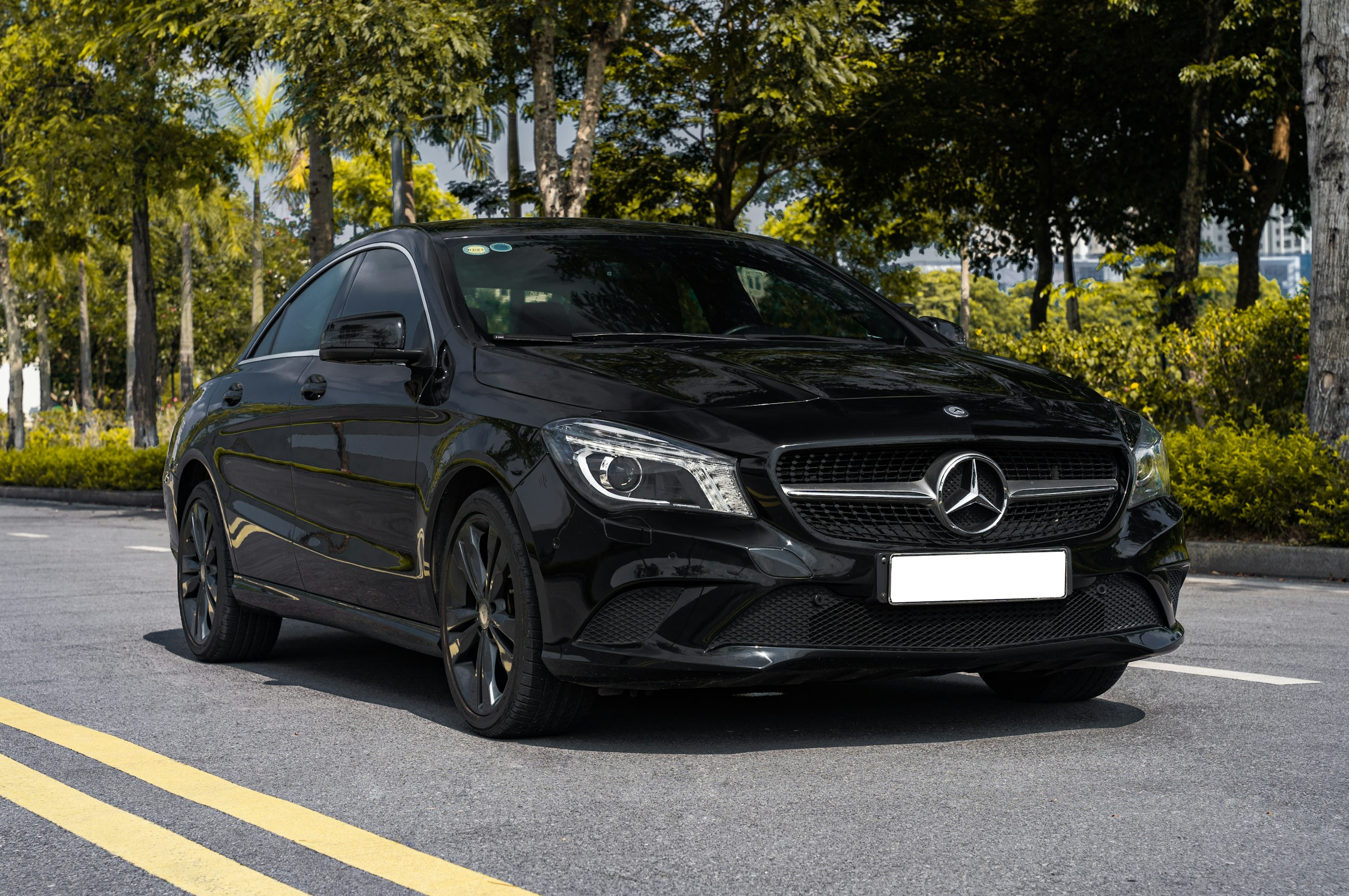Is Upgrading to Cross-Drilled Brake Rotors Worth It for Improved Cooling on a Mercedes-Benz CLA?

Have you ever been in the situation where your car’s brake rotor isn’t performing as it should? You’re not alone. A lot of Mercedes-Benz owners are on the constant lookout for ways to improve their car’s performance. One such improvement is replacing the OEM brake rotors with cross-drilled ones. The question is, are these upgrades worth it? Let’s delve deeper into this topic.
Understanding Brake Rotors
Before we can assess the value of an upgrade, it’s crucial to understand what brake rotors are and how they function. Brake rotors, also known as brake discs, are a significant component of your car’s braking system. They work in conjunction with the brake pads to slow down or stop your vehicle.
Also read : Can a Sprint Booster Selector Improve the Drive Mode Responses in a BMW Z4?
When you apply the brakes, the brake pads clamp down on the rotors, creating friction. This friction not only stops the wheel but also generates heat. Too much heat can affect the performance of your brakes causing them to fade or even fail. This is where the design of the rotor becomes crucial.
In the case of Mercedes-Benz, the OEM brake rotors are usually either solid or vented. Solid rotors are typically used for the rear brakes, while vented ones are used for the front for better heat dissipation.
Additional reading : How to Select the Right Adjustable Coilovers for a Toyota Supra for Custom Ride Height?
Cross-Drilled Rotors: An Overview
Cross-drilled brake rotors have holes drilled across the surface. These holes provide a pathway for the heat generated during braking to escape, which drastically improves the cooling of the brake system. This design was initially used in racing cars, where high-speed driving and frequent braking generate tremendous heat.
It’s not just about cooling, though. Cross-drilled rotors also offer improved performance in wet conditions. The holes allow water to escape, providing a clean contact surface for the brake pads.
However, they’re not without drawbacks. Cross-drilled rotors tend to be more prone to cracking under extreme stress. This is because the drilled holes create points of structural weakness on the rotor surface.
Evaluating the Pros and Cons of Upgrading
When you’re considering whether to upgrade your brake rotors, there are several points to ponder. The first is performance. If you regularly drive at high-speeds or carry heavy loads, the improved cooling provided by cross-drilled rotors can be beneficial. They can also prove advantageous in a wet climate, as they increase the performance of your brake system in rainy conditions.
The second point is durability. As mentioned before, cross-drilled rotors tend to crack under extreme stress. This means if you’re planning to drive your Mercedes-Benz CLA on a racetrack, you might want to reconsider. On the other hand, if you use your car for regular commuting and occasional spirited drives, the risk of cracking is minimal.
Comparing Cross-Drilled Rotors with Other Options
There are other types of rotors available as well. Two popular ones are slotted and drilled & slotted rotors. Slotted rotors have grooves cut into the surface, which, like the cross-drilled rotors, help with heat dissipation and water expulsion. However, they don’t have the same risk of cracking, making them a more durable option.
Drilled & slotted rotors combine the best of both designs. They offer excellent heat dissipation, improved wet performance, and better durability than purely cross-drilled rotors.
When comparing these with cross-drilled rotors, you’ll want to consider your driving habits, local climate, and budget. High-performance options like drilled & slotted rotors could be overkill for a car that’s used mainly for daily commuting.
Making Your Decision
Ultimately, the choice to upgrade your brake rotors depends on your personal needs and preferences. Cross-drilled rotors can significantly improve the performance and cooling of your Mercedes-Benz CLA’s brake system, especially if you live in a wet climate or regularly drive at high speeds.
However, if durability is a concern, you might want to explore other options such as slotted or drilled & slotted rotors. Always remember that the right brake system will improve your car’s safety and performance, making every drive a pleasure.
So, is it worth upgrading to cross-drilled brake rotors? If you value enhanced cooling and performance in a variety of conditions, then yes, it’s absolutely worth considering. However, it’s important to balance these benefits against any potential drawbacks, such as reduced durability under extreme stress. As with any car modification, carefully consider your driving habits and conditions before making a decision.
Assessing the Cost of Upgrading to Cross-Drilled Rotors
One significant aspect to consider when contemplating an upgrade is the cost. Replacing your OEM brake rotors with cross-drilled ones on your Mercedes-Benz CLA could be a significant investment. The price for cross-drilled rotors can vary, but they are typically more expensive than solid or vented brake rotors.
The cost doesn’t stop at the purchase price either. You must also account for the cost of installation, which can be substantial if you are not able to do it yourself. Then there is the cost of potential future repairs or replacements due to the fact that cross-drilled rotors can be more prone to cracking, especially under extreme stress.
However, it’s important to note that while cross-drilled rotors may be more expensive upfront, they can also add value to your vehicle by enhancing its performance. Improved brake cooling, performance in various conditions, and the sporty aesthetic of cross-drilled rotors make them an attractive upgrade for many Mercedes-Benz CLA drivers.
When assessing the cost, it is important to weigh the initial investment against the potential benefits and long-term value. Remember, the key to making a wise financial decision is to consider all the factors and to ensure that you will gain more value than you spend.
Conclusion
The decision to upgrade to cross-drilled brake rotors on your Mercedes-Benz CLA is not one to be taken lightly. It requires a careful assessment of your driving needs, the local climate, and your budget. If you frequently drive at high speeds or in rainy conditions, the enhanced cooling and performance benefits of cross-drilled rotors could be highly beneficial.
However, if you are concerned about durability, particularly under extreme stress conditions, other options such as slotted or drilled & slotted rotors might be more suitable. These provide similar benefits without the risk of cracking that is associated with cross-drilled rotors.
In terms of cost, while cross-drilled rotors may require a larger upfront investment, they can add value to your vehicle, enhancing safety, performance, and aesthetics. It is, therefore, essential to consider both short-term and long-term costs when making your decision.
In conclusion, upgrading to cross-drilled brake rotors can be worth it for some Mercedes-Benz CLA drivers, but it is not a one-size-fits-all solution. It requires a careful assessment of your personal requirements, driving conditions, and budget. By considering these factors, you can make an informed decision that will ensure your Mercedes-Benz CLA provides a safe, enjoyable, and high-performance drive for many years to come.
